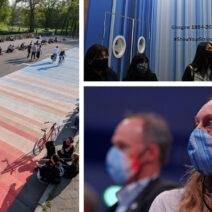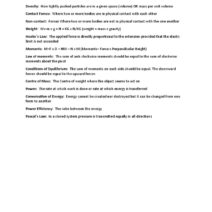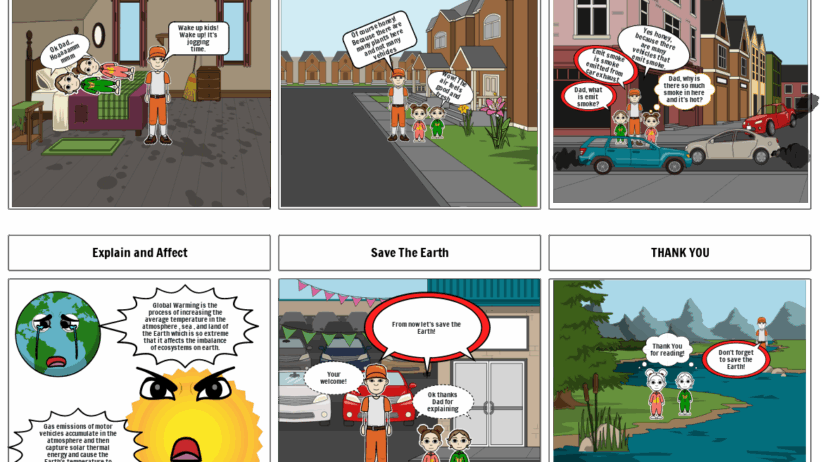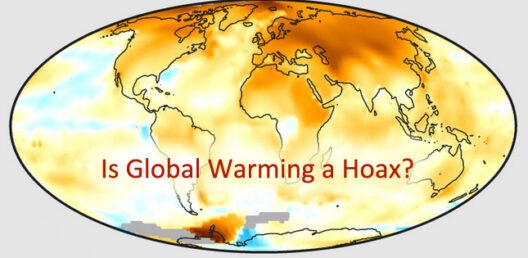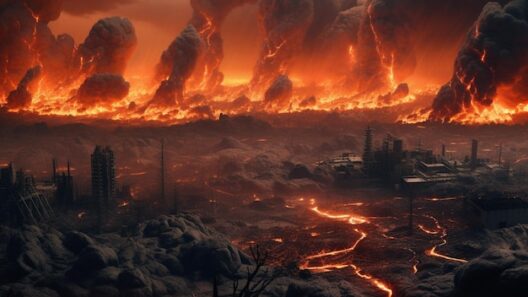When discussing environmental issues, the focus often gravitates towards carbon emissions, deforestation, and renewable energy sources. However, an equally crucial aspect of our planet’s health lies in the delicate balance of the ozone layer. This atmospheric shield serves as a protective barrier, absorbing the sun’s harmful ultraviolet (UV) radiation. Yet, the narrative surrounding the ozone layer has evolved as it intersects with the broader crisis of global warming, coloring the intricacies of climate change with shades of complexity.
The ozone layer, located in the stratosphere, is vital for life on Earth. It filters out approximately 99% of the sun’s harmful UV rays, which if left unchecked, can lead to increased incidences of skin cancer, cataracts, and various ecosystem disruptions. Historically, human activities led to significant depletion of ozone, primarily through the use of chlorofluorocarbons (CFCs) in refrigeration, aerosol propellants, and foam-blowing agents. The well-documented depletion of the ozone layer in the late 20th century provoked international response, culminating in the 1987 Montreal Protocol, which successfully curbed the use of these harmful substances.
However, as a commendable effort unfolded to protect the ozone layer, another peril was lurking – global warming. The intersection of these two environmental challenges reveals an enigmatic relationship, one that beckons a deeper understanding. While ozone depletion and global warming both stem from human activities, their interactions foster complexities that can undermine the positive strides made in ozone recovery.
One of the primary agents of global warming is carbon dioxide (CO2), which is largely emitted through burning fossil fuels. The incremental accumulation of CO2 in the atmosphere has led to a rise in global temperatures, ethereal shifts in weather patterns, and the elevation of oceanic levels. These changes have a convoluted impact on the ozone layer. Just as the loss of ozone contributes to increased UV radiation exposure and subsequent health risks, the rise in global temperatures can disrupt stratospheric processes, subtly shifting the dynamics of ozone recovery.
The warming of the troposphere, the lower atmosphere, can paradoxically enhance the cooling of the stratosphere. When greenhouses gases trap heat below, the stratosphere experiences a temperature drop, which can trigger a series of reactions that may disrupt ozone regeneration. Warmer surface temperatures can exacerbate the breakdown of ozone molecules, at times reducing the efficacy of the Montreal Protocol’s accomplishments. As the global community rejoices over signs of ozone recovery, a potential veil of ignorance may obscure the urgent need to mitigate climate change simultaneously.
Moreover, the release of nitrous oxide (N2O), another potent greenhouse gas, introduces more complexity to the narrative. Originating primarily from agricultural practices, fossil fuel combustion, and industrial processes, nitrous oxide is known to deplete ozone. It acts as a catalytic agent in ozone destruction, particularly when combined with increased UV exposure due to climate change. This dual threat illuminates the interconnectedness of environmental health, where the mitigation of one issue can inadvertently exacerbate another.
Indeed, climate change can alter the zephyr dynamics in which ozone naturally replenishes itself. As the Earth continues to warm, changes in atmospheric circulation patterns might influence the concentration and distribution of ozone. For instance, shifts in wind patterns can lead to elevated levels of ozone in the troposphere, which, although protective at certain levels, can become harmful in excessive concentrations. This balance, delicate in nature, illustrates the interweaving paths of climate variability and ozone stability.
Yet, acknowledging the intersection of ozone health and global warming presents opportunities for holistic environmental strategies. By adopting renewable energy sources, such as solar power, we can significantly reduce carbon emissions and lessen the burden placed upon both the ozone layer and Earth’s climate. Transitioning from fossil fuels not only targets the global warming crisis but also minimizes the production of ozone-depleting substances. Each step taken towards sustainability reverberates through the atmospheric layers, showcasing that environmental restoration is not just an isolated endeavor.
The collaboration between global communities to phase out CFCs stands as a testament to the power of unity in tackling environmental challenges. Transcending beyond mere regulatory frameworks, educational endeavors that highlight the intricacies of ozone and climate can empower individuals. Heightened awareness fosters proactive behaviors, such as reducing reliance on petrochemicals and advocating for sound agricultural practices that curtail nitrous oxide emissions. To strive for a healthy planet becomes a shared responsibility, one that mandates an informed and engaged global populace.
As the fight against global warming continues, the interdependence of the ozone layer must remain at the forefront. By recognizing the nuanced relationship between these two environmental crises, policymakers and the public can work toward synergistic solutions that protect both the atmosphere and human health. The resilience of the ozone layer illustrates nature’s ability to recuperate, underscoring the importance of sustained collective efforts in addressing climate change. It’s a shared journey, one where every effort harmonizes to create healthier ecosystems and brighter futures for generations to come.
In conclusion, the ozone layer’s health and global warming are inexorably intertwined. Future strategies must embrace this intricate relationship, fostering an ecosystem that thrives on knowledge and collective action. It is through this lens of interconnectedness that we can weave a more comprehensive narrative, one that champions all aspects of environmental stewardship, reminding us that the stories of our planet’s health are as diverse as they are vital.
